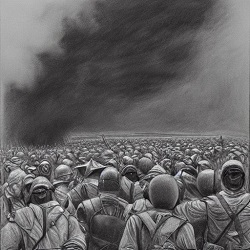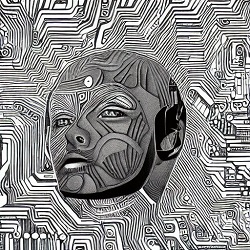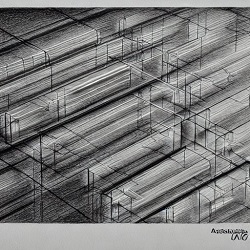To develop coherent and useful alternative future scenarios, it is first necessary to gather, organise, and assess information about key factors that are influencing the development of international protection and asylum-related migration. We use the term factor to encompass trends, emerging issues and novel developments (i.e. social phenomena or technology uses) that drive or shape changes related to international protection in the future. Research activities included a literature review and expert interviews with EUAA staff, and resulted in an organised collection of initial factors for use in the workshop process.
Armed Conflict
Interstate conflicts, military interventions, terrorism and civil war create conditions for affected populations to engage in asylum-seeking migration. In some areas these situations, or the risk thereof, are increasing.
Transit Countries Roles
Transit nations serve as a mode of containment, hold the possibility for increased externalisation and might instrumentalise asylum-seeking migrants.
Economic Inequalities
Disparity in wealth, income opportunities and access to services (healthcare, etc.) creating conditions for increased social pressures that lead to oppression. This also relates to trends in mixed migration and is reflective of economic differences between countries of origin and destination.
Oppression of Vulnerable Groups
Targeted oppression of vulnerable and minority groups can emerge from conservative to authoritarian governments and the rise of extremist groups. Human Rights are violated for selected groups.
Climate Change-Induced Displacement
Changing environmental conditions lead to justification for permanent displaced populations. Powerful entity takes control of land, displaces previous users, enforces new ownership and management with violent oppression.
Food & Water Insecurity
As a prolonged shortage in water supply (precipitation, surface water and ground water) impacts (e.g. food insecurities) heighten, social pressure trans-forms into political oppression. Similar dynamics can be observed with scarcity of other resources.
Legal Pathways to International Protection
The options through which international protection can be legally pursued may change based on reforms to global agreements, national level legisla-tion, in conjunction with technologies that enable new processes and operations.
Surveillance, Security and Digital Warfare
The use of various technologies leads to monitoring people across affiliations (state, organisations, digital groups, etc.). Attacks on infrastructure, databases and other forms of IT disruption are executed digitally.
Regime protection, state violence and disputed changes in land use
Regimes controlling wealth generated from exploitation of resources may exercise violent protection against any threats to power.
Automation and Databases
Artificial Intelligence (AI) and Machine Learning methods can automate identity verification. The databases these technologies rely on are heterogeneous, partial and vulnerable to exploitation.
Social Media
Most social media platforms emerged fewer than 10 years ago, yet they have fundamentally shifted information gathering, organising, networking and communications activities for asylum-seekers and receiving countries. Platforms can also be used and targeted by governments.










